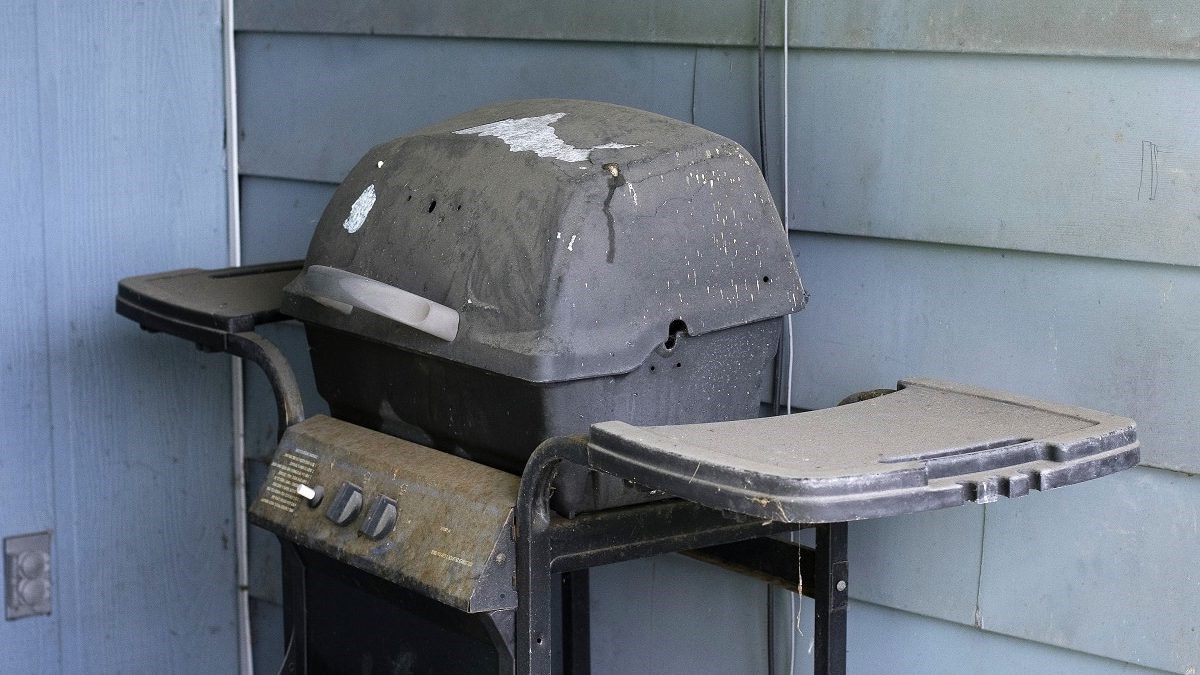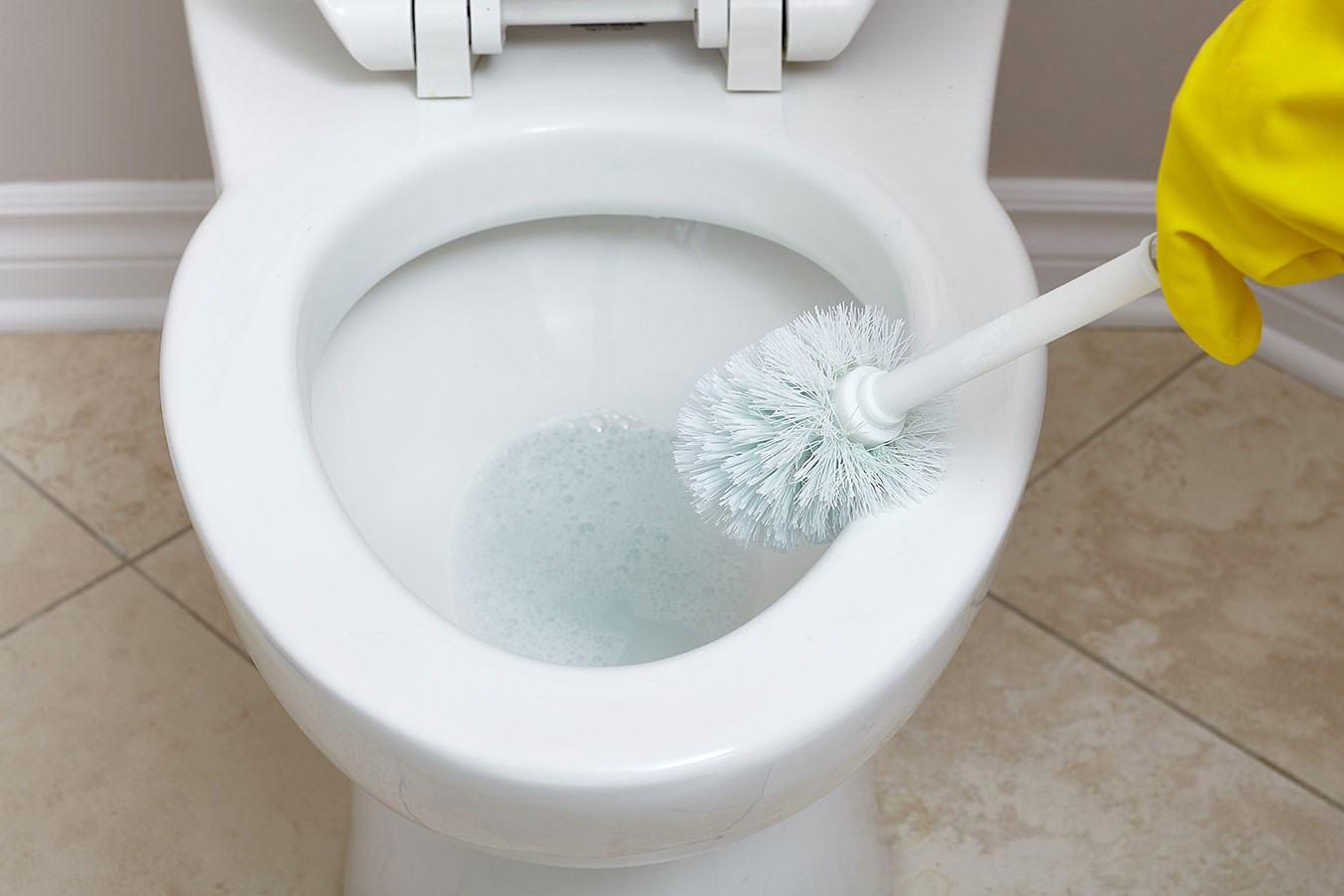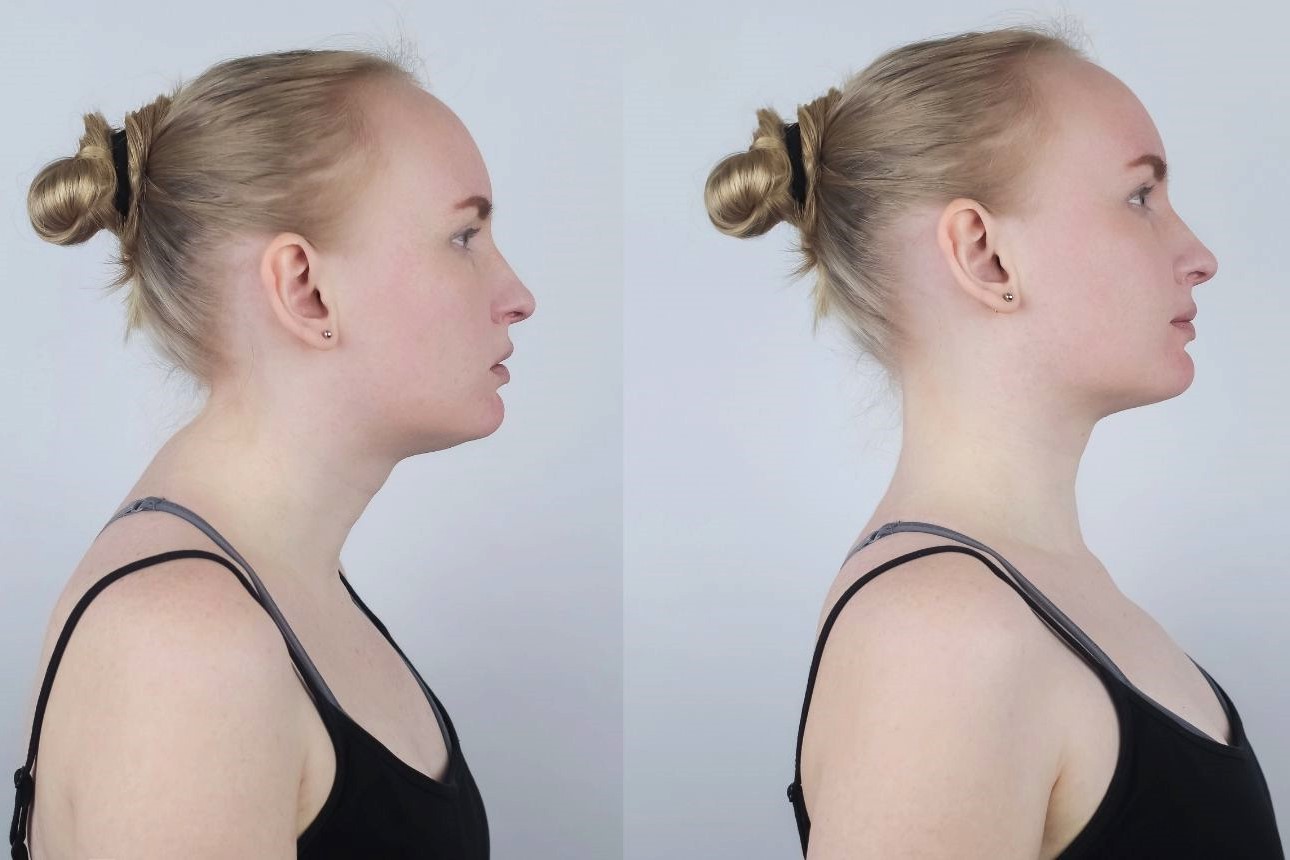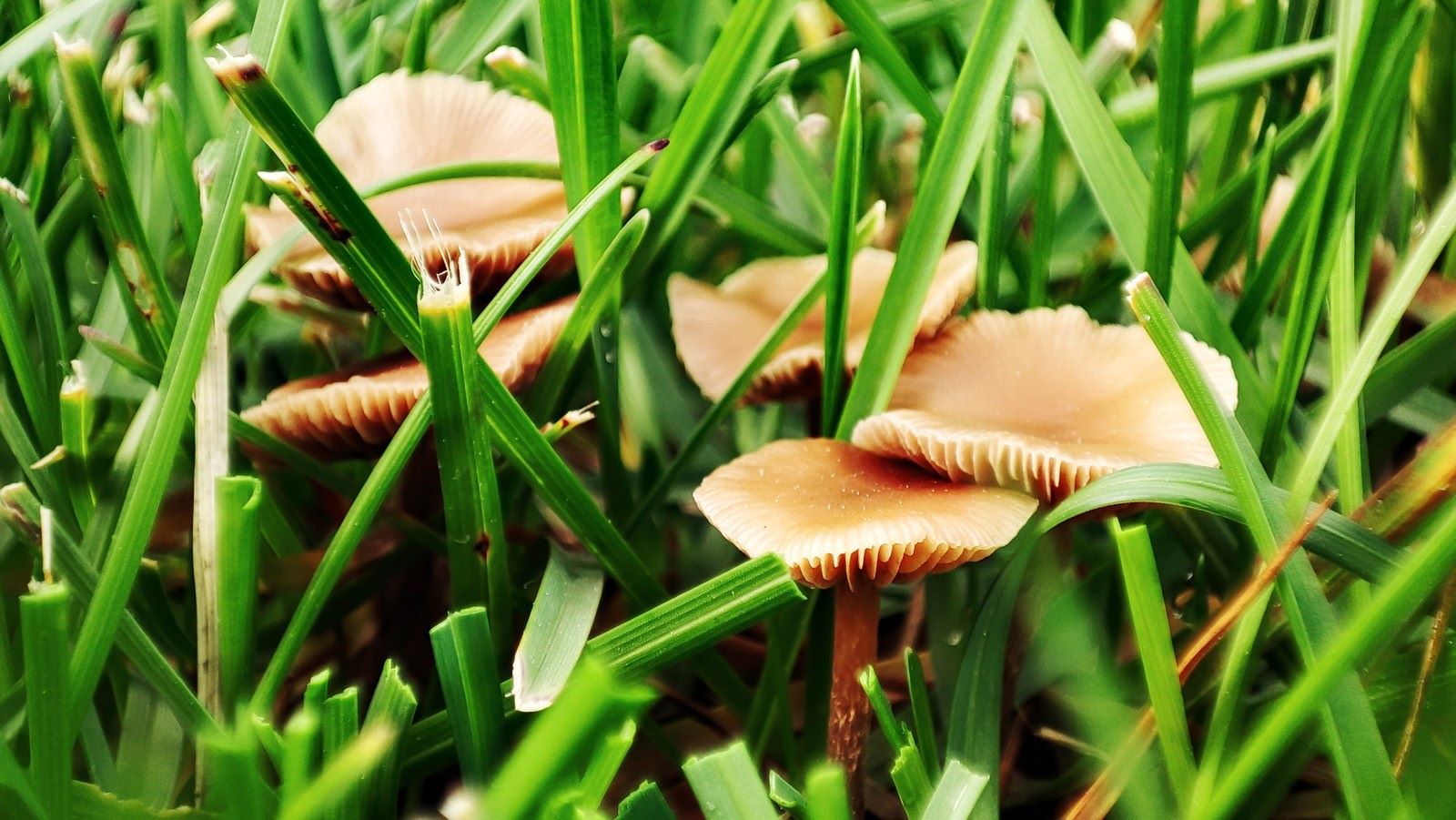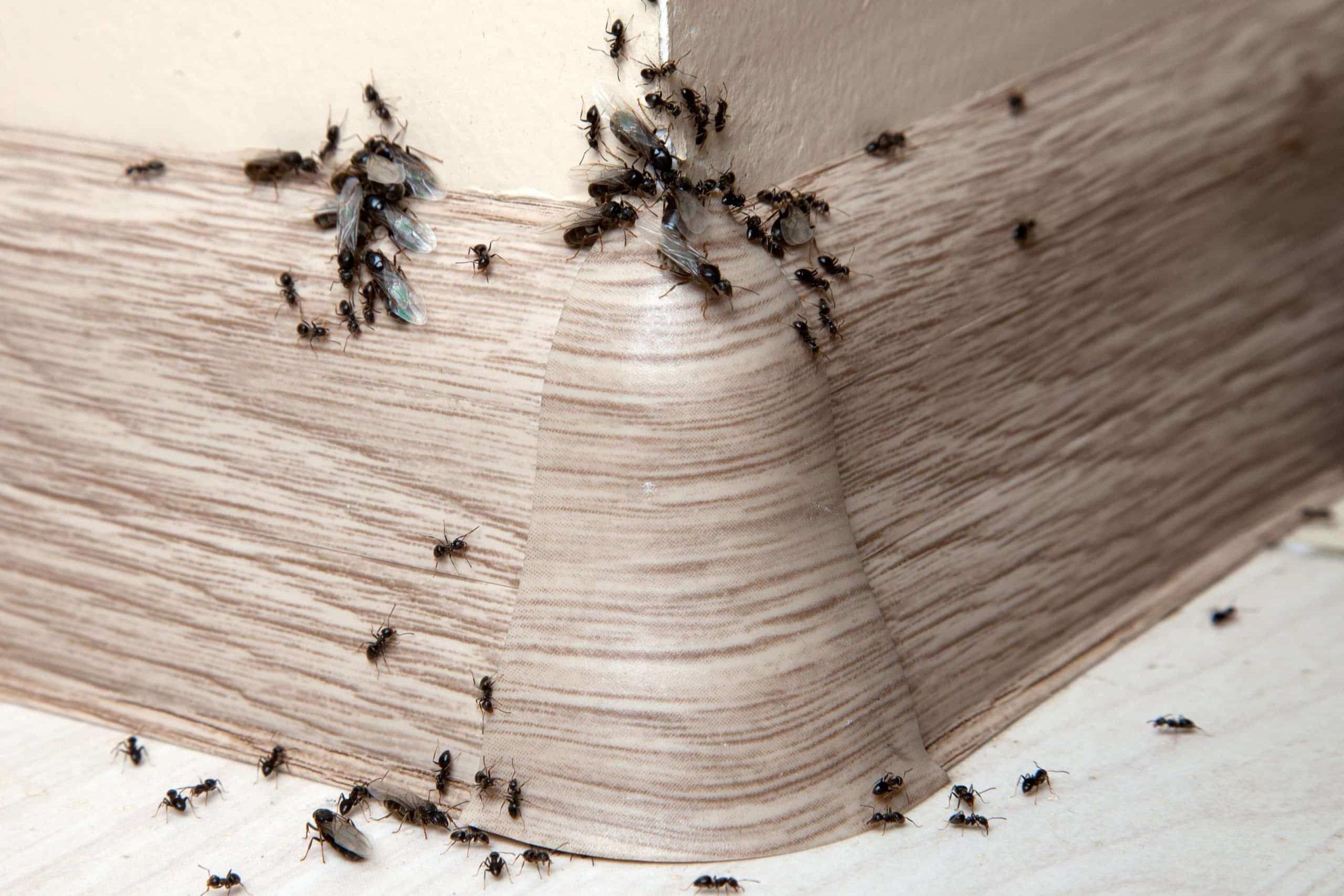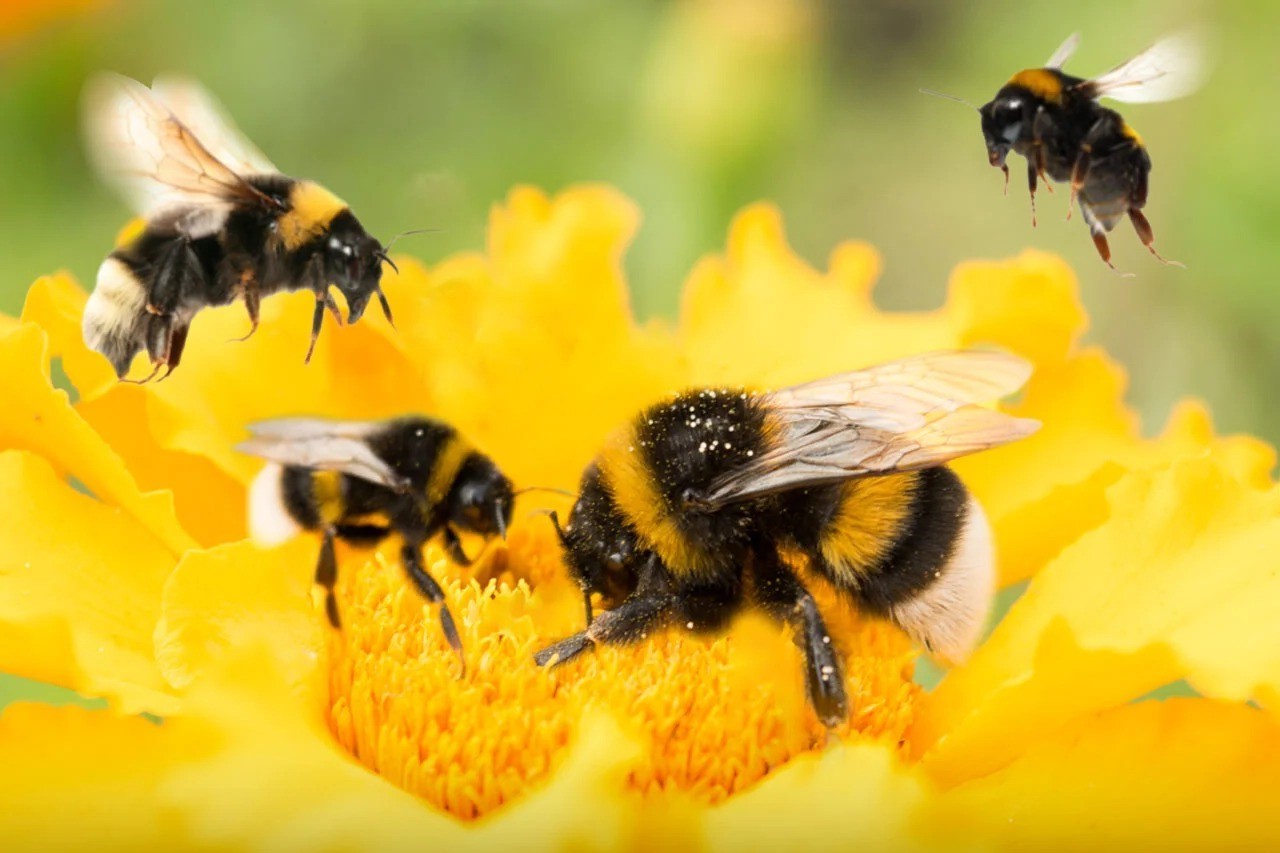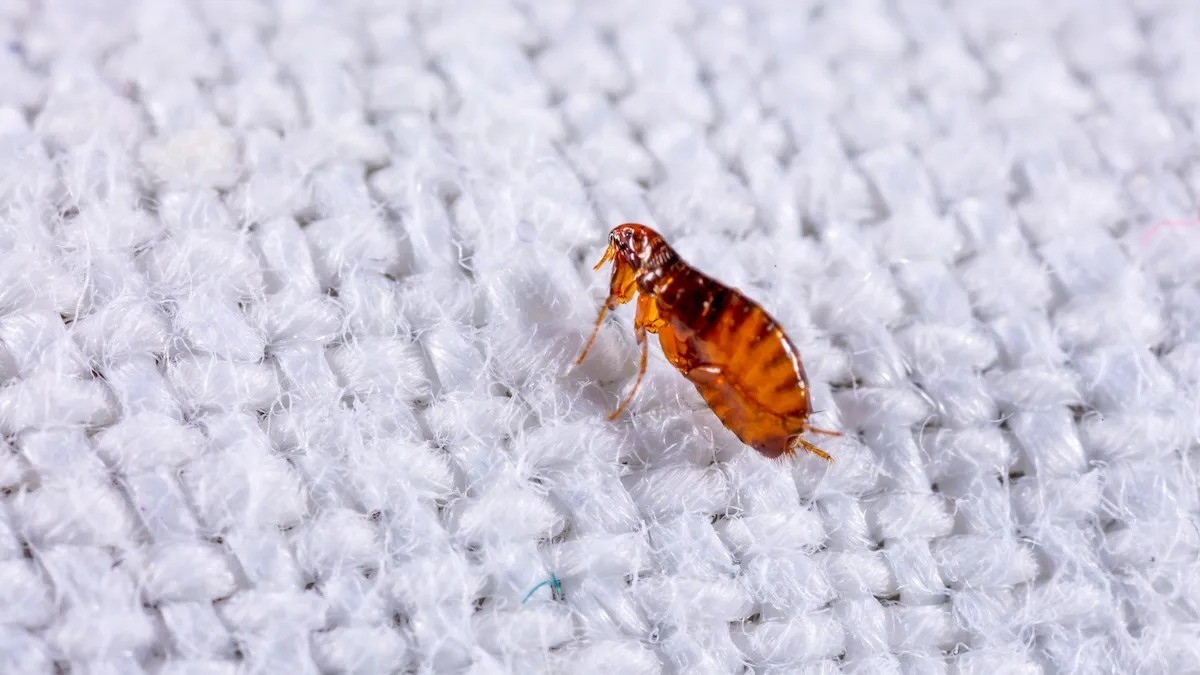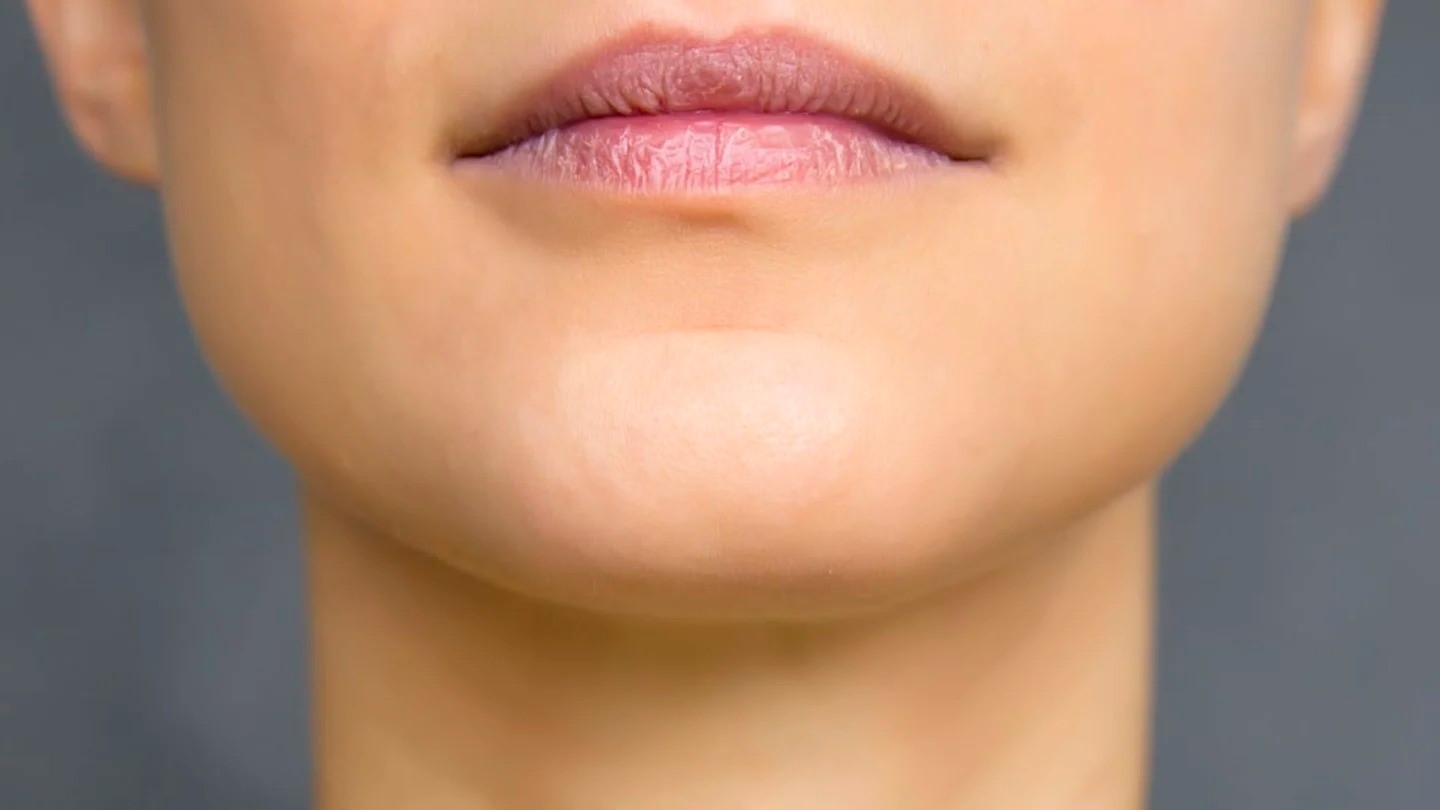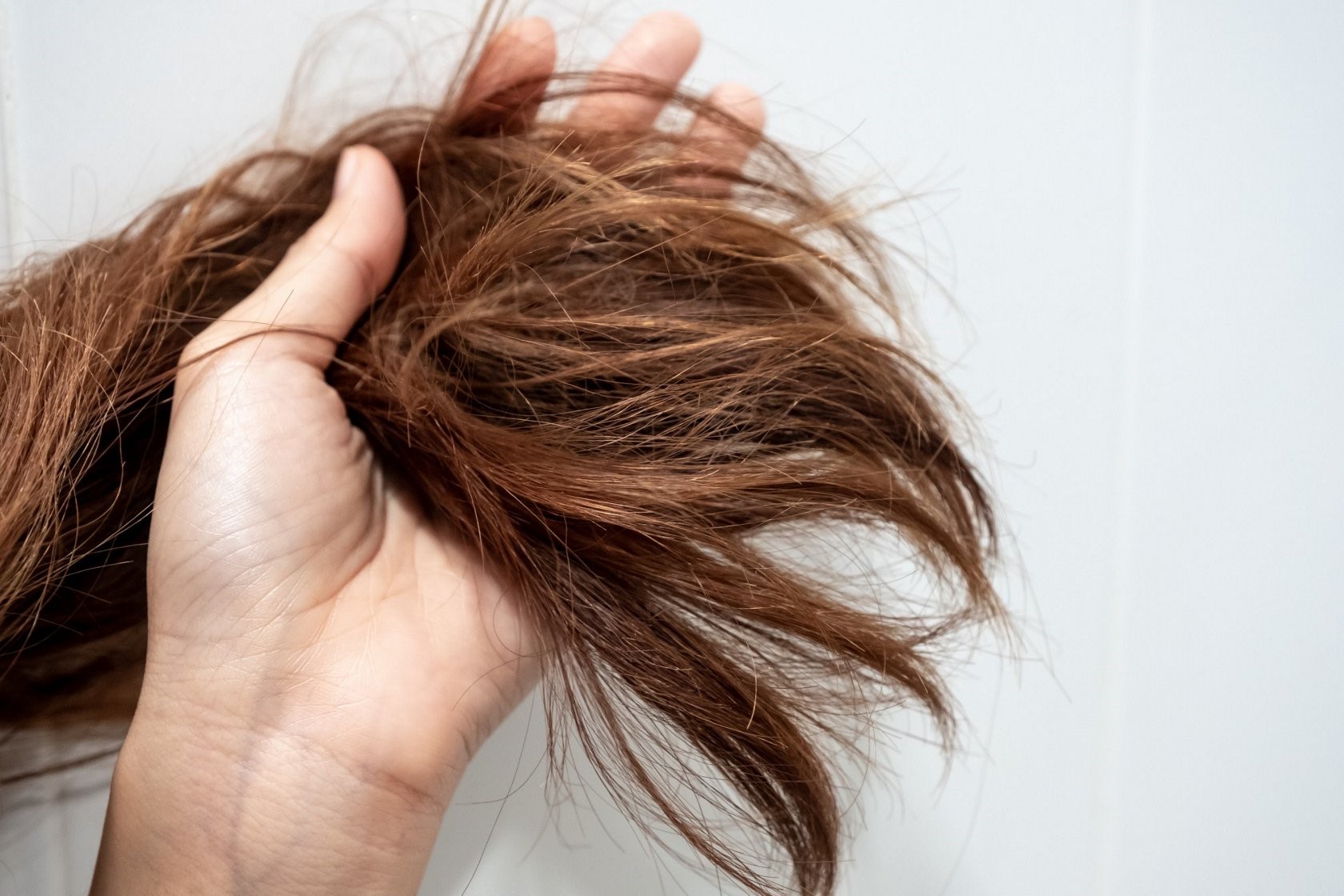

Lifestyle
How To Get Rid Of Split Ends
Published: March 3, 2024
Learn effective lifestyle tips to get rid of split ends and achieve healthier, stronger hair. Discover simple habits and treatments to prevent and manage split ends.
(Many of the links in this article redirect to a specific reviewed product. Your purchase of these products through affiliate links helps to generate commission for Noodls.com, at no extra cost. Learn more)
Table of Contents
Introduction
Split ends are the bane of every hair enthusiast's existence. They are the pesky little culprits that make your hair look frizzy, dull, and unkempt. But fear not, for there are ways to bid adieu to these unruly split ends and restore your hair to its former glory.
In this comprehensive guide, we will delve into the world of split ends, exploring their causes, prevention methods, and effective home remedies. Whether you have luscious long locks or a stylish short crop, split ends can affect anyone. Understanding the root of the problem is the first step towards achieving healthy, vibrant hair.
So, if you've ever found yourself staring in dismay at your frazzled ends, wondering how to restore them to their former glory, you're in the right place. Let's embark on a journey to discover the secrets of banishing split ends and embracing the beauty of healthy, radiant hair.
Read more: How To Get Rid Of Sugar Ants
Understanding Split Ends
Split ends, also known as trichoptilosis, occur when the protective outer layer of the hair cuticle is damaged or worn away, causing the hair to split into two or more strands at the ends. This common hair woe is characterized by frayed, frizzy ends that can make even the most well-maintained hair appear dull and lifeless.
When examining a strand of hair with split ends, you may notice that the hair shaft separates into two or more strands, resembling the end of a frayed rope. This occurs when the hair cuticle is compromised, leaving the inner cortex vulnerable to damage and dehydration. As a result, the hair loses its elasticity and strength, leading to the formation of split ends.
Split ends can occur anywhere along the hair shaft, but they are most commonly found at the tips of the hair. If left untreated, split ends can travel up the hair shaft, causing further damage and breakage. This can result in a perpetuating cycle of hair damage, making it essential to address split ends promptly.
It's important to note that split ends are not reversible. Once the hair shaft is split, the only effective solution is to trim the damaged ends. However, understanding the causes of split ends and implementing preventive measures can help minimize their occurrence and preserve the overall health of your hair.
In the next sections, we will explore the various factors that contribute to the development of split ends, as well as effective strategies for prevention and treatment. By gaining a deeper understanding of split ends, you can empower yourself to take proactive steps in maintaining the vitality and beauty of your hair.
Causes of Split Ends
Split ends can be attributed to a variety of factors, many of which are a result of everyday activities and environmental stressors. Understanding the underlying causes of split ends is crucial in implementing effective preventive measures. Here are the primary culprits behind the development of split ends:
-
Overexposure to Heat: Excessive use of hot styling tools such as flat irons, curling wands, and blow dryers can strip the hair of its natural moisture, leading to dryness and brittleness. The intense heat weakens the hair shaft, making it more prone to splitting and breakage.
-
Chemical Damage: Chemical treatments, including bleaching, perming, and coloring, can compromise the structural integrity of the hair, making it susceptible to split ends. Harsh chemicals weaken the hair cuticle, causing it to fray and split over time.
-
Mechanical Stress: Vigorous brushing, especially when the hair is wet, can cause friction and damage to the hair cuticle, resulting in split ends. Additionally, using hair elastics with metal components or rough textures can lead to hair breakage and split ends.
-
Environmental Factors: Exposure to environmental elements such as sun, wind, and pollution can contribute to the development of split ends. UV radiation from the sun can weaken the hair, while pollutants and harsh weather conditions can strip the hair of its natural oils, leaving it vulnerable to damage.
-
Poor Hair Care Practices: Neglecting regular hair maintenance, such as infrequent washing, inadequate conditioning, and using harsh hair products, can lead to dryness and damage, ultimately causing split ends to form.
-
Nutritional Deficiencies: A lack of essential nutrients, particularly protein and vitamins, can impact the overall health of the hair, making it more prone to split ends and breakage.
-
Genetic Predisposition: Some individuals may have a genetic predisposition to hair that is more susceptible to split ends. Factors such as hair texture, density, and natural oil production can influence the likelihood of developing split ends.
By identifying these common causes of split ends, individuals can take proactive steps to minimize their impact and maintain the health and vitality of their hair. Implementing preventive measures and adopting healthy hair care practices can significantly reduce the occurrence of split ends, promoting stronger, more resilient hair.
In the following sections, we will explore effective strategies for preventing split ends and delve into natural home remedies for nurturing and repairing damaged hair.
Prevention of Split Ends
Preventing split ends is a proactive approach to maintaining the overall health and appearance of your hair. By implementing effective preventive measures, you can minimize the occurrence of split ends and promote stronger, more resilient hair. Here are some essential strategies for preventing split ends:
1. Gentle Hair Handling
Handle your hair with care to minimize mechanical stress and reduce the risk of split ends. Avoid vigorous towel-drying and use a microfiber towel or a soft cotton T-shirt to gently blot excess water from your hair. When brushing, use a wide-tooth comb or a brush specifically designed for detangling to prevent unnecessary friction and breakage.
Read more: How To Get Rid Of Grasshoppers
2. Limit Heat Styling
Excessive heat styling can deplete the hair's natural moisture, leading to dryness and breakage. Limit the use of hot styling tools and opt for heat-free styling methods whenever possible. When using heat styling tools, apply a heat protectant spray to shield your hair from thermal damage.
3. Protective Hairstyles
Opt for protective hairstyles that minimize manipulation and reduce the exposure of your hair to environmental stressors. Braids, buns, and twists can help safeguard your hair from friction and damage, promoting healthier ends and overall hair health.
4. Regular Trims
Schedule regular trims every 6-8 weeks to remove any existing split ends and prevent them from traveling up the hair shaft. While trimming does not repair split ends, it helps maintain the overall health and appearance of your hair, preventing further damage.
5. Deep Conditioning
Incorporate deep conditioning treatments into your hair care routine to nourish and strengthen your hair. Look for deep conditioning masks or treatments enriched with moisturizing and repairing ingredients such as keratin, argan oil, or shea butter. Regular deep conditioning can help fortify the hair, reducing the likelihood of split ends.
Read more: How To Get Rid Of Yellowjackets
6. Protective Products
Use hair care products specifically formulated to protect and strengthen the hair. Look for leave-in conditioners, serums, and oils that provide a protective barrier, seal the cuticle, and minimize moisture loss. These products can help fortify the hair and reduce the risk of split ends.
7. Balanced Diet
Maintain a balanced diet rich in essential nutrients, including protein, vitamins, and minerals, to support the overall health of your hair. Incorporate foods such as lean proteins, fruits, vegetables, and healthy fats to nourish your hair from within, promoting strength and resilience.
By incorporating these preventive measures into your hair care routine, you can significantly reduce the occurrence of split ends and promote the long-term health and beauty of your hair. Taking proactive steps to prevent split ends will help you maintain vibrant, lustrous hair that exudes vitality and strength.
Home Remedies for Split Ends
When it comes to addressing split ends, natural home remedies can offer effective solutions for nurturing and repairing damaged hair. These remedies harness the power of natural ingredients to nourish the hair, promote strength, and minimize the appearance of split ends. Here are some time-tested home remedies that can help rejuvenate your hair and combat split ends:
1. Coconut Oil Treatment
Coconut oil is renowned for its moisturizing and nourishing properties, making it an excellent remedy for split ends. Warm a small amount of coconut oil in your palms and gently massage it into the ends of your hair. Leave it on for at least 30 minutes or overnight for deep conditioning, then shampoo and condition as usual. Regular use of coconut oil can help restore moisture and vitality to your hair, reducing the visibility of split ends.
Read more: How To Get Rid Of Cowlicks
2. Avocado Hair Mask
Avocado is rich in essential fatty acids and vitamins that can help strengthen and repair damaged hair. Mash a ripe avocado and blend it with a tablespoon of olive oil to create a creamy hair mask. Apply the mask to the ends of your hair, ensuring thorough coverage, and leave it on for 20-30 minutes before rinsing with lukewarm water. The nourishing properties of avocado can help improve the overall condition of your hair, diminishing the appearance of split ends over time.
3. Honey and Yogurt Treatment
Honey is a natural humectant, meaning it attracts and retains moisture, while yogurt contains protein and lactic acid, which can help fortify the hair. Mix two tablespoons of honey with half a cup of plain yogurt to create a conditioning treatment. Apply the mixture to the ends of your hair and leave it on for 20-30 minutes before rinsing thoroughly. This treatment can help hydrate and strengthen your hair, reducing the prevalence of split ends and promoting a smoother, healthier appearance.
4. Egg Yolk and Olive Oil Mask
Egg yolks are rich in proteins and fats that can help nourish and strengthen the hair, while olive oil provides moisture and shine. Whisk two egg yolks with two tablespoons of olive oil to create a revitalizing hair mask. Apply the mixture to the ends of your hair and leave it on for 30 minutes before washing with a gentle shampoo. This protein-rich mask can help fortify the hair, minimizing the appearance of split ends and enhancing overall hair health.
5. Aloe Vera Gel Treatment
Aloe vera gel is known for its soothing and moisturizing properties, making it an ideal remedy for treating split ends. Apply a small amount of pure aloe vera gel to the ends of your hair and leave it on for 20-30 minutes before rinsing. Aloe vera can help hydrate and nourish the hair, reducing the visibility of split ends and promoting a healthier, more resilient texture.
Incorporating these natural home remedies into your hair care routine can provide a nourishing and rejuvenating experience for your hair, helping to minimize the appearance of split ends and restore its natural vitality. By leveraging the power of natural ingredients, you can embark on a journey towards healthier, more resilient hair that exudes radiance and strength.
Read more: How To Get Rid Of Ground Bees
Trimming Split Ends
Trimming split ends is a fundamental aspect of maintaining the overall health and appearance of your hair. While it may seem counterintuitive to cut your hair in the pursuit of length and fullness, regular trims are essential for preventing the progression of split ends and preserving the integrity of your hair.
When split ends are left unattended, they have a tendency to travel up the hair shaft, causing further damage and breakage. By scheduling regular trims every 6-8 weeks, you can effectively remove the damaged ends, preventing the split from advancing and promoting healthier, more resilient hair.
During a trim, a professional hairstylist will carefully inspect your hair for split ends and remove the damaged portions with precision. This process not only eliminates the visible signs of damage but also helps maintain the overall shape and texture of your hair. By addressing split ends proactively, you can prevent them from compromising the strength and vitality of your hair, allowing it to flourish and thrive.
It's important to communicate with your hairstylist about your hair care goals and the specific areas where you have noticed split ends. This will ensure that the trim is tailored to your individual needs, focusing on the areas that require attention while preserving the length and style you desire.
In addition to professional trims, there are techniques for at-home maintenance to address minor split ends between salon visits. Regularly inspect your hair for any visible signs of splitting, and if you notice isolated split ends, you can carefully trim them with sharp hair shears to prevent further damage.
By incorporating regular trims into your hair care routine, you can effectively manage split ends and maintain the overall health and appearance of your hair. This proactive approach not only prevents the progression of damage but also promotes the growth of stronger, more resilient hair, allowing you to enjoy the beauty and vitality of luscious, split end-free locks.
Conclusion
In the pursuit of healthy, vibrant hair, the battle against split ends is a common challenge that many individuals face. Throughout this comprehensive guide, we have explored the intricate world of split ends, unraveling their causes, preventive measures, and rejuvenating home remedies. By gaining a deeper understanding of split ends and embracing proactive hair care practices, individuals can embark on a journey towards nurturing and revitalizing their hair.
The presence of split ends is not merely a cosmetic concern; it is a reflection of the overall health and resilience of the hair. Understanding the underlying causes of split ends, such as overexposure to heat, chemical damage, and environmental stressors, empowers individuals to make informed choices in their hair care routines. By implementing preventive measures, including gentle hair handling, limiting heat styling, and nourishing the hair with protective products, individuals can significantly reduce the occurrence of split ends and promote the long-term health of their hair.
Furthermore, the exploration of natural home remedies has shed light on the transformative power of ingredients such as coconut oil, avocado, honey, and aloe vera in nurturing and repairing damaged hair. These time-tested remedies offer a holistic approach to addressing split ends, providing nourishment, strength, and moisture to the hair. By incorporating these natural remedies into their hair care routines, individuals can embark on a rejuvenating journey towards healthier, more resilient hair that exudes radiance and vitality.
Additionally, the significance of regular trims in managing split ends cannot be overstated. By scheduling professional trims every 6-8 weeks and addressing minor split ends at home, individuals can prevent the progression of damage and maintain the overall integrity of their hair. This proactive approach not only preserves the health and appearance of the hair but also promotes the growth of stronger, more resilient strands.
In conclusion, the battle against split ends is a multifaceted journey that encompasses understanding, prevention, and rejuvenation. By embracing the insights and strategies presented in this guide, individuals can take proactive steps towards banishing split ends and embracing the beauty of healthy, radiant hair. With a commitment to gentle care, nourishing remedies, and regular maintenance, individuals can embark on a transformative journey towards luscious, split end-free locks that exude vitality and strength.
